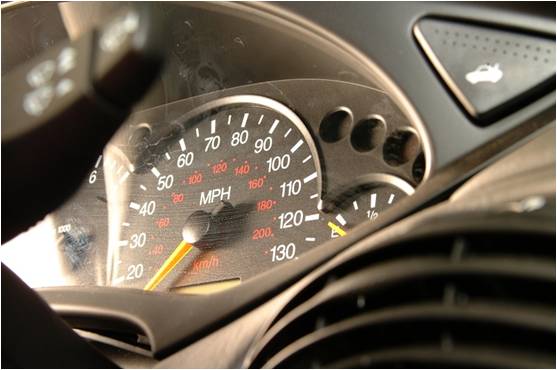The European Commission has made an historic decision to try and bridge the gap between laboratory testing of a car's emissions and fuel consumption and the huge, yawning gap between those figures and what might be achieved in the real world. From 2017 onwards a new Real Driving Emissions test (RDE) will be introduced that will examine the emissions of Nitrogen Oxides (NOx) from a car being driven on actual, genuine roads, and not just on a rolling road in a lab. The move is part of a new crusade against NOx, which is a major pollutant causing serious respiratory disease, and is one of the main reasons that some cities are talking about banning diesel cars from their centres.
Predictably, the car makers are wary of these new rules. Erik Jonnaert, Secretary General of the European car maker's alliance, the ACEA, said: "we call on the Commission to urgently deliver a complete proposal for Real Driving Emissions (RDE) by June or July at the latest for a positive decision in the regulatory committee. We need to make more progress on clarifying all testing conditions to ensure a robust RDE regulation could commence from September 2017. Automobile manufacturers remain concerned about the piecemeal approach the Commission is taking in preparing this proposal. This is not smart regulation. We need clarity in advance so that we can plan the development and design of vehicles in line with the new requirements."
But according to the analysts at Emissions Analytics, the car companies may already be ahead of the curve when it comes to keeping emissions to a minimum. "Our data on the very latest Euro 6 diesels shows an improvement on Euro 5 of 49 per cent," explains Nick Molden, CEO of Emissions Analytics. "We believe the manufacturers, anticipating this legislative change, have really stepped up their game and the results are encouraging, although still mixed. We think this is a good decision by the Commission and member states. Emissions Analytics started testing tailpipe emissions on the road four years ago as we identified this was the only way to truly understand real-world performance. It is good to see this is now being recognised in the legislation."




